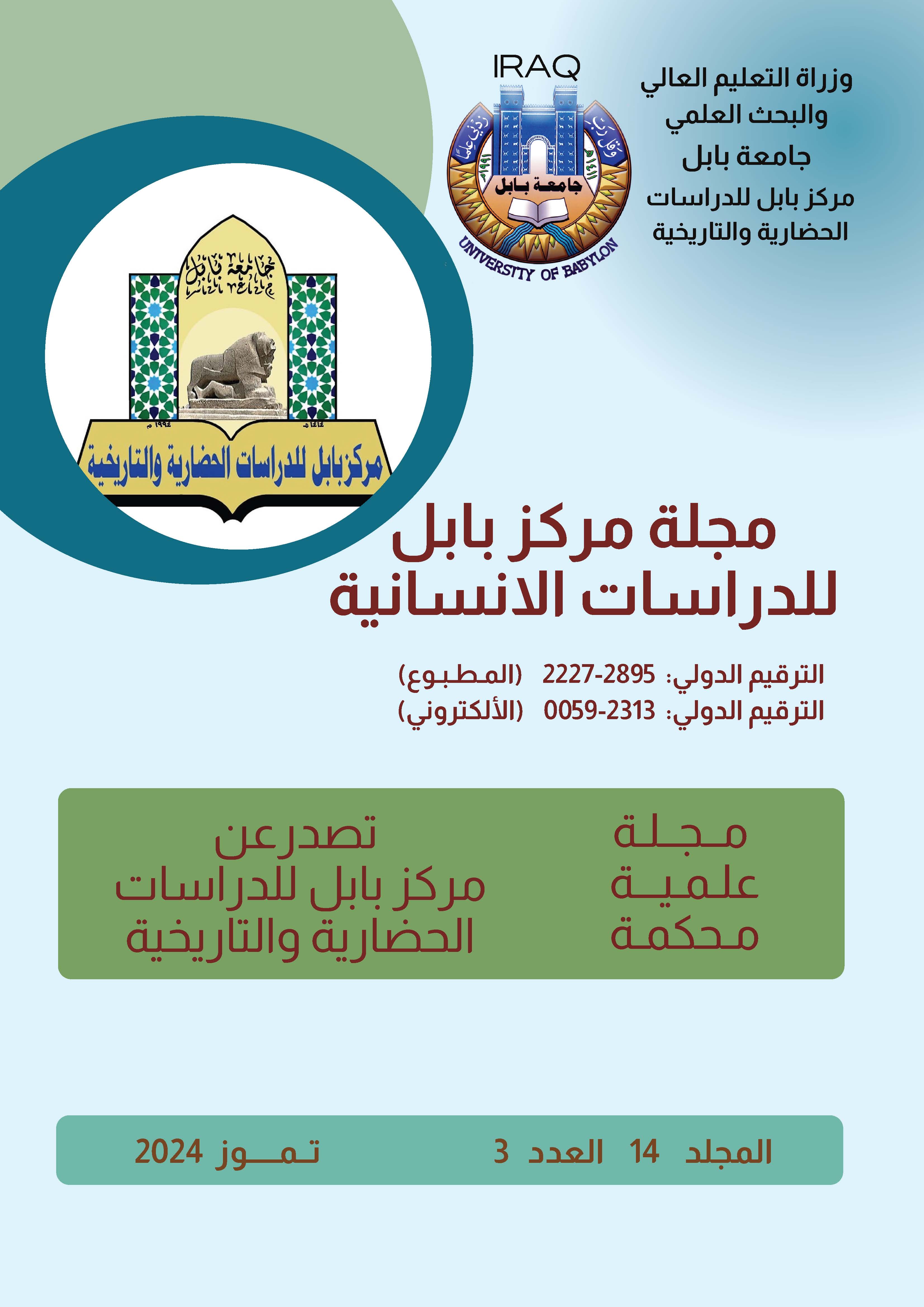Intellectual dimensions and their representations In Popular Art
Keywords:
dimensions, intellectual, representations, in art, popularAbstract
Summary of the research: The intellectual dimensions in all visual arts are among the main features in achieving the creative process, especially in contemporary arts, because the aesthetic experience reflects many artistic human activities in various countries of the world. The industrial revolution in the cities of America and Europe contributed to a clear impact on the artistic aesthetic process by investing in scientific and technological development, benefiting from industrial waste, and creating tangible material patterns that represented stimuli for ideas and experiments for human creativity. The emergence of popular art had a profound impact in overcoming many of the usual classical barriers that it destroyed in favor of the desire of capitalist Western society. He called for art to be closely linked to daily living circulation and to restore the system of mass and popular culture to include everything that is neglected, marginalized and transient, and to create formal models in a new language resulting from These intellectual dimensions are to express the aspirations of society and meet its material needs. The popular artist began to be interested in removing the barriers between artistic activity and commercial activity and identifying the intellectual transformations and revolutions and the dominance of pragmatic philosophy that led to the collapse of aesthetic standards in the face of the control of consumer systems and globalization and the subsequent change in the intellectual dimensions and cultural and social values. And the economy, which cast a shadow on the creative artistic process. The current research included four chapters, including the first chapter to explain the research problem, which focused on answering the following question (what are the intellectual dimensions and their representations in popular art), its importance and the need for it, as well as the goal of the research manifested in (knowing the intellectual dimensions and their representations in popular art), and explaining its temporal limits. From 1950 until 2008, while the spatial boundaries of the research covered the United States of America and European countries, in addition to defining the search terms in it, the second chapter presented the theoretical framework and was divided into three sections. The first section dealt with( concept popular art), while the section reviewed The second (the starting and found popular art), and the study of the third section approached to include (the Artistic dimensions of popular art in art contemporary), and the investigations resulted in a number of indicators that emerged from the theoretical framework. It appeared in the third chapter (research procedures) and contained (research population, research sample, research tool, research methodology, sample analysis). The researchers chose the descriptive analytical method in analyzing the sample. Then the fourth chapter was concerned with presenting the results of the research, conclusions, recommendations and proposals, and the most prominent results reached by the researcher, including the popular artist, who relied on conveying the environmental reality as an essential aspect and a discovery of the societal values it carries with intellectual dimensions to the aspects of commodity production that are circulated on a daily basis. It was considered a basis for their art, and the artist sought to intertwine Genres of fine art with one work.







